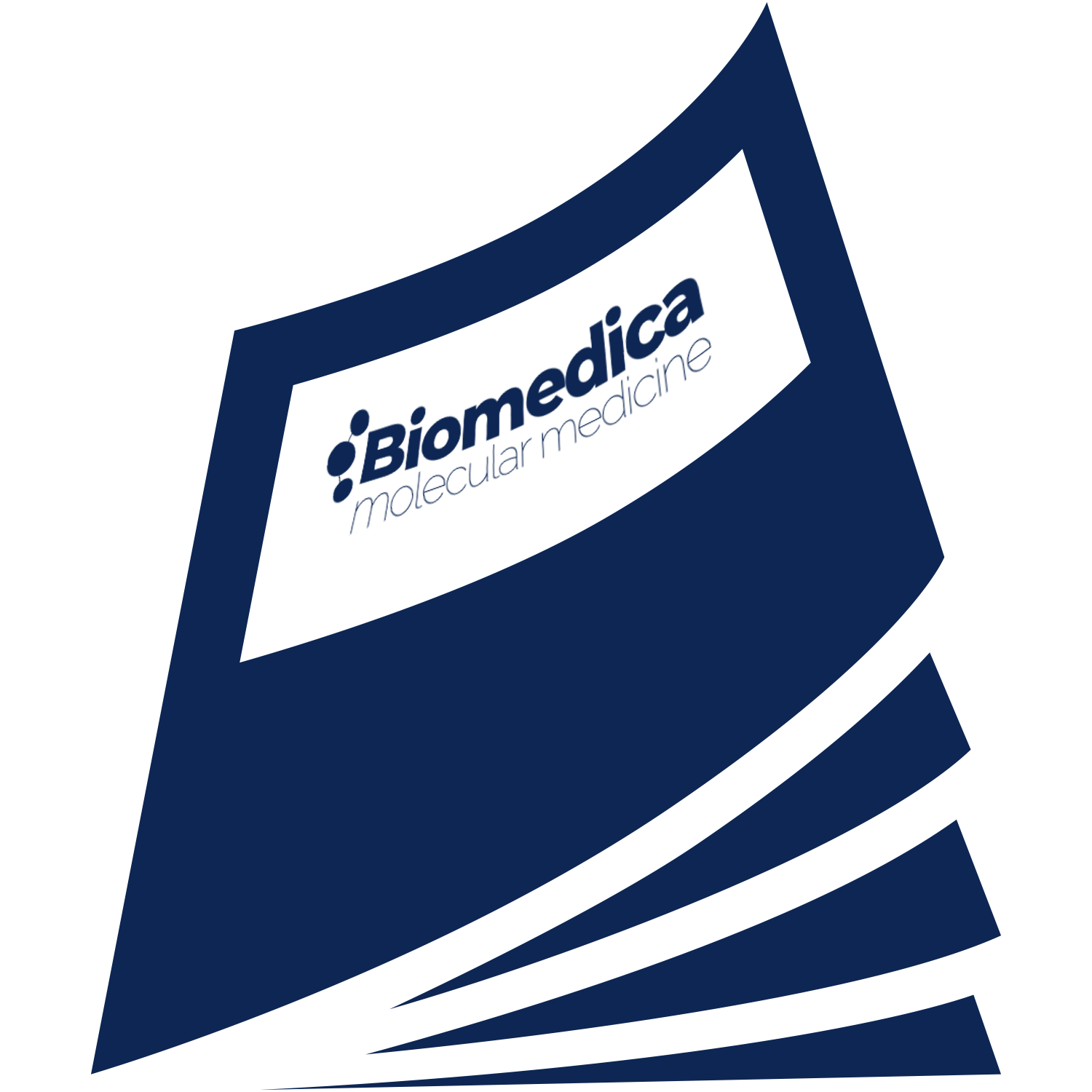Trilla-Fuertes et al.
BMC CANCER 28 junio, 2019
Background: Muscle-invasive bladder tumors are associated with a high risk of relapse and metastasis even after neoadjuvant chemotherapy and radical cystectomy. Therefore, further therapeutic options are needed and molecular characterization of the disease may help to identify new targets. The aim of this study was to characterize muscle-invasive bladder tumors at the molecular level using computational analyses.
Methods: The TCGA cohort of muscle-invasive bladder cancer patients was used to describe these tumors. Probabilistic graphical models, layer analyses based on sparse k-means coupled with Consensus Cluster, and Flux Balance Analysis were applied to characterize muscle-invasive bladder tumors at a functional level.
Results: Luminal and Basal groups were identified, and an immune molecular layer with independent value was also described. Luminal tumors showed decreased activity in the nodes of epidermis development and extracellular matrix, and increased activity in the node of steroid metabolism leading to a higher expression of the androgen receptor. This fact points to the androgen receptor as a therapeutic target in this group. Basal tumors were highly proliferative according to Flux Balance Analysis, which makes these tumors good candidates for neoadjuvant chemotherapy. The Immune-high group showed a higher degree of expression of immune biomarkers, suggesting that this group may benefit from immune therapy.
Conclusions: Our approach, based on layer analyses, established a Luminal group candidate for therapy with androgen receptor inhibitors, a proliferative Basal group which seems to be a good candidate for chemotherapy, and an immune-high group candidate for immunotherapy.
Keywords: Androgen receptor; Immune status; Molecular subtypes; Muscle-invasive bladder cancer; Personalized medicine.


